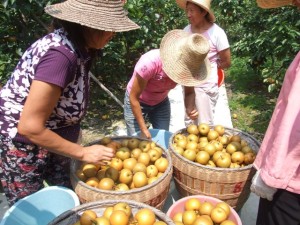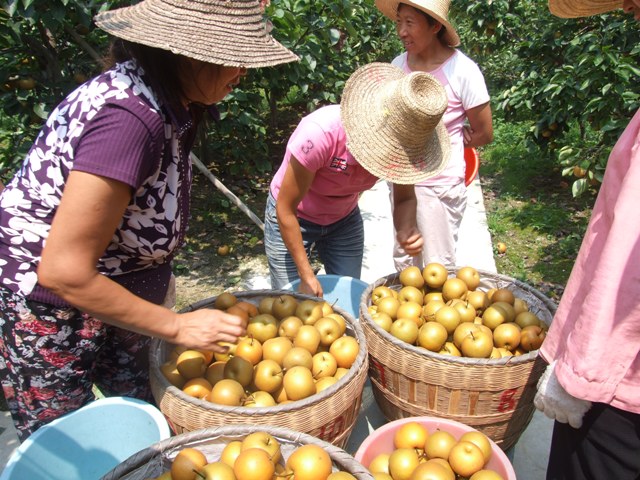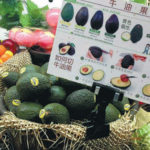Food Innovation in China
Chinese farmers and consumers suffer the effects of fluctuating food prices. However, instead of relying on a few crops, farmers in China should extend their crops. And policy makers and provincial governments should be priorities for strengthening local markets to facilitate the farmers. In order to sell their products to earn enough income to support their livelihoods. Nearly 60 percent of the world’s food supply comes from only three grains: corn, wheat and rice. As the market fluctuate, the climate is changing and world population continues to enlarge.
Food in China: Market Overview
The rising the price of wheat affect the taste of other cereals, dairy products and meat in China and the rest of the world. In recent years, the extreme weather conditions, with excessive snow, drought and flood affected farmers’ yields in China. This has led to the rise in prices of noodles, cooking oil and other food products.
Some food factories mainly produced instant noodles were also launched in the production of other varieties of new products. In the world, agriculture is based mainly on major crops, which make the food supply sensitive to temperature shocks, including the current drought in the province of Shandong with its large quantity of wheat fields. Thus, Chinese farmers should cultivate a variety of crops to build a more resilient food system.
All cultures are sensitive to risks, Chinese researchers found that vegetables tend to be more reliable than staple crops because they have shorter cycles, they are growing faster and require less space. Indigenous vegetables are particularly robust because they are more resistant to pests and diseases than other plants. And they require less irrigation and expensive chemicals, helping small farmers to save money. This resulted in the decline in prices of vegetables in China. For example, lower prices of Chinese cabbage, celery and a dozen other vegetables forcing farmers to use their decaying vegetable stocks as organic fertilizer or feed.

Small farmers need to reach their crops to protect against market fluctuations and crop failures related to climate. Directly link farmers to local markets and local consumption will ensure that the application meets the offer. For example, in Shandong Province, vegetable growers have suffered greatly because of falling prices.
Food Innovation in China
Some Chinese researchers have started to improve indigenous cultures and make them accessible to farmers. While the vegetables are already providing important nutrients and vitamins, such as iron and vitamin Indeed, better quality seeds mean better-tasting food.
With the advent of new technologies, new ways to ensure food safety have been established. For example, Baidu Company announced the invention of Baidu Kuaisou, electronic wands that flash red to alert restaurant with the presence of gutter oil. Indeed, the gutter oil is used to pre-recovered sewer cooking oil from dubious restaurants, and this is just part of a multiple food contamination issues that attract the consumer’s attention.
The innovation of Baidu’s technology has joined a fast-growing industry for the food safety in China. Indeed, tests for individual contaminants such as melamine are already on the market but testing each meal to hundreds of possible chemicals is not always effective. The Internet and social media are important parts of the scene with respect to the problem of China’s food security. Social media and blogs dedicated to the topic, enable Chinese netizens to share food safety information in order to avoid dangerous products. In addition, the platform of Sino Weibo microblogging is also frequently used to share food security and detection tips.
New technology for the “smart” food industry like Baidu Kuaisou could enable guests to instantly share food safety data on social media via their Smartphone. Nowadays, China has more than 650 million Smartphone users; so innovations for the food industry could radically change the way China talks about food security.
Food Innovation in China: The New Trend
As food security continues to have a bad press in China, more and more people are turning to imported foods and organic. For instance, Australia’s high-end agricultural products have a great reputation in the global level of quality and safety, so they are in high demand among Chinese consumers increasingly demanding. Australia is one of the three main suppliers of China for organic products.
The purpose of science and food technology is to improve food security while improving the taste of food to the supply of healthy and functional foods. Nowadays, Chinese consumers want food that will be able to promote a better health, or even play a role in disease prevention. To meet this need for innovation, researchers need to combine the development strategies and the marketing industry.
You enjoy reading this article and would like to know more about China’s market, contact us at dx@daxueconsulting.com















